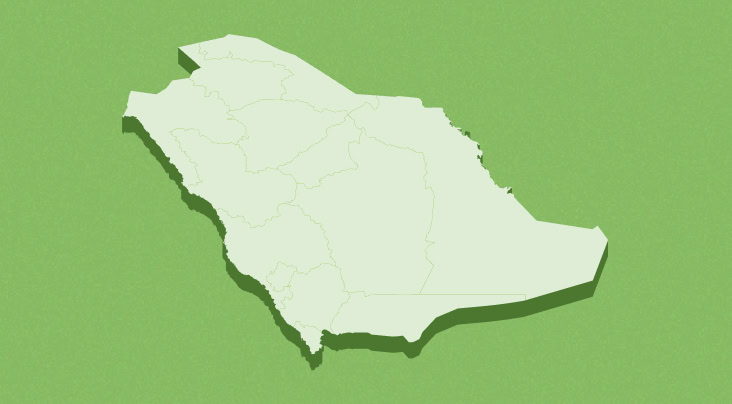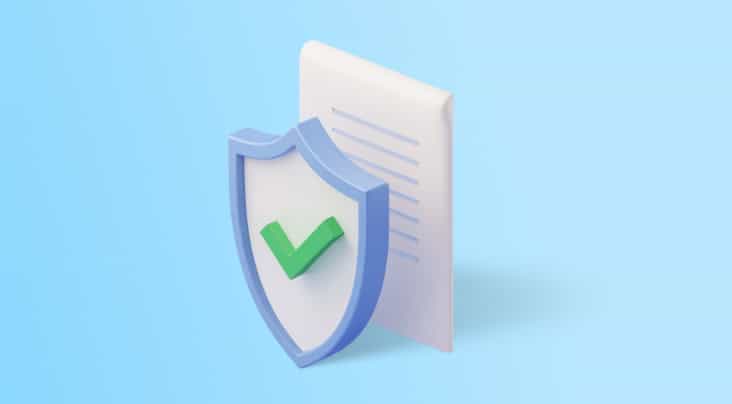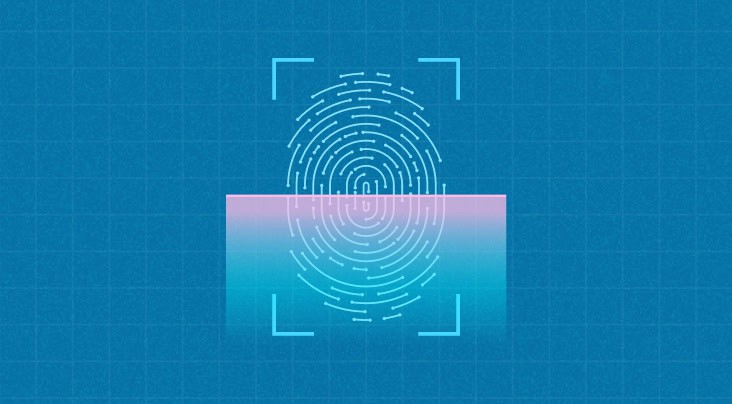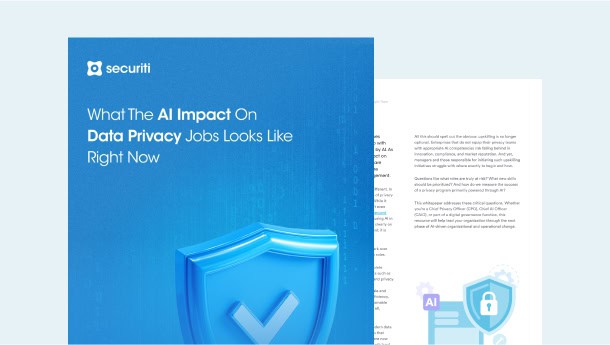Let’s learn more about the differences between DSPM vs. CSPM and how these technologies complement each other for increased data security.
What is CSPM & How Does It Work?
According to Gartner,
“Cloud Security Posture Management (CSPM) consists of offerings that continuously manage IaaS and PaaS security posture through prevention, detection and response to cloud infrastructure risks.”
To understand it better, let’s take an example of a fortress. If an invading force were to attempt to beach a fortress, they would be able to do so through any unmonitored entry points that could be vulnerable, such as hidden underground passages, unguarded walls, and less fortified secondary or rear gates. Similarly, CSPM solutions scan a cloud infrastructure for vulnerabilities, allowing information security teams to identify potential infrastructure risks and resolve misconfigurations.
CSPM solutions include a number of automated configuration checks mapped to various security controls prescribed by security and compliance standards, such as CIS, NIST, or PCIDSS. The solution scans the cloud environment (IaaS and PaaS) and its configurations for issues, such as unrestricted ports, exposed storage buckets, or weak authentication techniques. By monitoring the infrastructure continuously, CSPM resolves the issues or misconfigurations to address the risks before they could lead to security, reputational, and compliance problems.
Core Capabilities of CSPM
CSPM is based on a wide range of capabilities that allow organizations to identify and resolve security risks and vulnerabilities in their cloud infrastructure. Some of the capabilities that are commonly available across various CSPM offerings include the following:
- Cloud resources discovery: CSPM solutions leverage APIs to connect with various cloud providers to discover cloud resources and their configuration settings across the environment.
- Configuration best practices: A key component of CSPM solutions is configuration best practices and controls that are mapped to security standards and compliance requirements.
- Risk assessment: This capability involves identifying cloud resources that are not configured per best practices. Examples include cloud resources with excessive access permissions, publicly exposed assets, or unencrypted storage volumes.
- Remediation mechanisms: The mechanisms are controls that help rectify configuration settings to reduce risk. This can be done by sharing manual remediation steps that teams can follow to fix the problem or by automating the remediation process via the solution itself.
- On-going monitoring: CSPM isn’t a one-off process. It involves continuous monitoring and preventing security misconfigurations as existing cloud resources are modified or new cloud resources are added to the environments over time.
It is critical to note that CSPM tools may discover cloud storage resources or a managed database containing data, they don't discover and classify data due to the lack of an understanding of data. This means that they treat all data resources alike.
Hence, with a CSPM solution alone, you won’t know which misconfigured data asset to protect first out of the 100s of thousands of assets across the cloud environment containing petabytes of data.
What is DSPM & How Does It Work?
According to Gartner, DSPM is the process that provides
“visibility as to where sensitive data is, who has access to that data, how it has been used, and what the security posture of the data store or application is.”
DSPM provides a data-first approach to cloud security, unlike CSPM solutions that do not know what data exists inside a cloud data asset. Let’s take the example of a fortress that we discussed above.
In the analogy of the fortress, the emphasis is on security measures, such as walls or guards that protect the castle. But what about the treasure that lies in that castle? What if the castle is successfully invaded would the treasure be safe? Not unless there’s also a strong security vault that protects the treasure.
Similarly, Data Security Posture Management (DSPM) is all about the controls, policies, and technologies put in place to protect the data across public clouds.
Overall, DSPM answers the following concerns:
- What sensitive data do we have, and where is it located?
- Who has access to the data, and what level of permissions do they have?
- What is the lineage of the data, and how has it transformed over time?
- What misconfigurations do exist in our multi-cloud, and how can we identify and fix them?
Click to Read More About DSPM








































